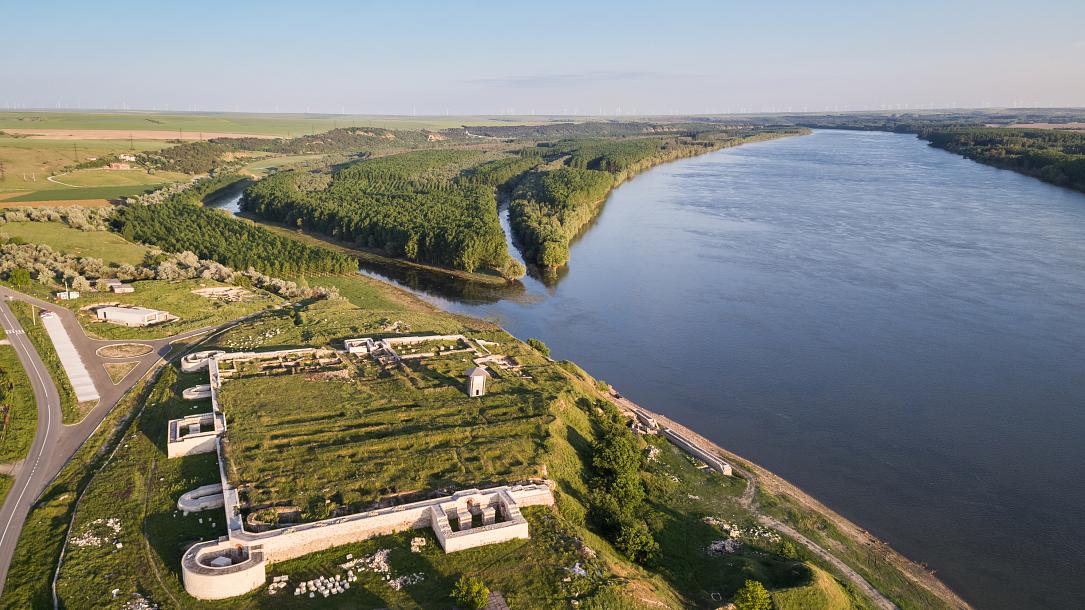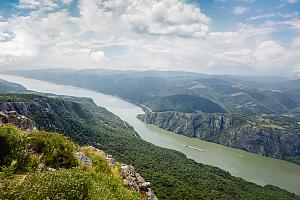Romania Photo of the Day by Dreamstime: The Capidava Fortress

Photo of the Day created in partnership with stock photo provider Dreamstime aims to highlight the best of Romania. From stunning landscapes and popular tourist destinations and landmarks to people, traditions, and food, this series helps you discover Romania one photo at a time. This week, we put the focus on the Danube Delta and Danube landscapes.
On the right bank of the Danube, located in the village of the same name, lie the ruins belonging to the Fortress of Capidava. This fortress stands where once there was an important Geto-Dacian settlement, which later became a Roman civil and military center during Emperor Trajan’s conquest. (Photo source - click on the number to get to the original file: 117830573 / Romania © Porojnicu | Dreamstime.com)
According to discoverdobrogea.ro, the fortification was built by soldiers of the V Macedonian Legion and the XI Claudia Legion during the reign of Emperor Trajan in the early 2nd century.
It is one such fort in a defensive system comprising of, among others, the fortifications at Cius, Troesmis, Noviodunum, and Aegyssus, all forming the ancient military border of the Roman Empire on the Danube, known as the Danubian Limes.
Situated on a rocky massif, says discoverdobrogea.ro, on the right bank of the Danube, between Hârșova and Cernavodă, the fortification has the shape of a quadrangle, with walls over 2 meters thick and about 6 meters high.
Once upon a time, the fortress had at least 9 towers over 10 meters high, a two-and-a-half meter wide gate, and a strategic exit facing the Danube and the harbor that was placed here.
It was abandoned by the Romans around the beginning of the 7th century.
After the official withdrawal of the Eastern Roman Empire, the fortress was refurbished by the Byzantines in the 10th century and came to host the local population.
In 1036, an invasion of the Pechenegs devastated large parts of the region, destroying the fort at Capidava.
The fortress was re-discovered at the end of the 19th century, by the first scientific explorers of Dobrogea, Marin Ionescu-Dobrogianu, and Grigore Tocilescu, who wrote about the fortification in their reports and collected antiquities from the area.
There have been archeological digs organized here since the early 20th century, which led to the discovery of a multitude of artifacts, such as coins, inscriptions, amphorae, ornaments, personal care items, and even game pieces belonging to a Roman strategy boardgame called Ludus Latrunculorum, which the soldiers played during their time off.
The Capidava Fortress is on the tentative UNESCO list, along with 23 other archaeological sites found in Dobrogea, and could one day become a World Heritage Site.
Unfortunately, the fortress underwent some seriously misjudged alterations during a rehabilitation project started in 2015 that was supposed to secure its status as World Heritage Site but instead pushed it further away from this goal as a result of political corruption and greed.
It is currently undergoing repairs, and while it is yet unclear whether the Capidava Fortress still has a chance of being included by UNESCO, it is still a monument worth visiting.













